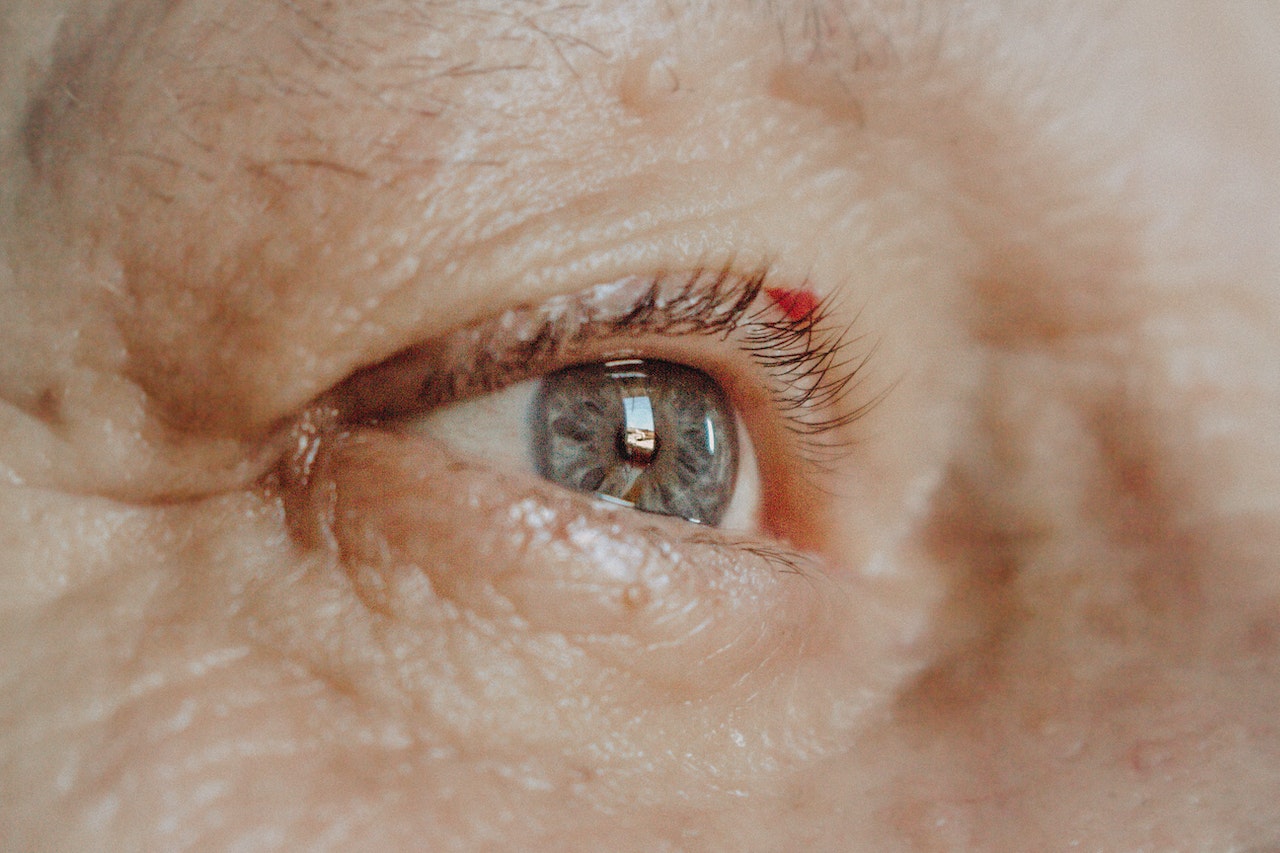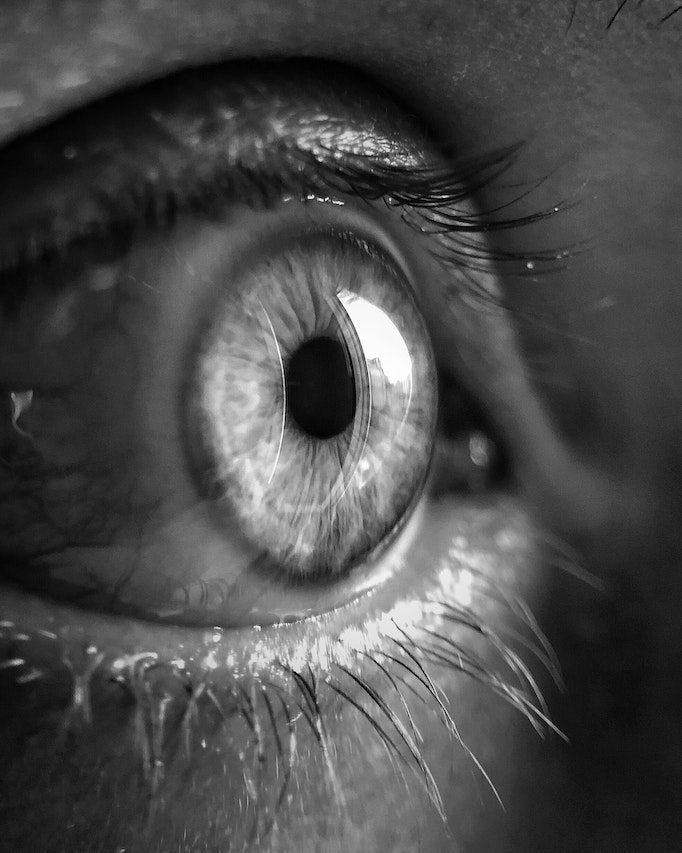Have you ever wondered if human eyes can reflect light? It’s a question that has baffled scientists for centuries, and the answer is yes, our eyes do reflect light. In fact, this phenomenon is what allows us to see in the dark. The reflection of light from our eyes creates an image on our retina, which then sends signals to the brain so we can interpret what we’re seeing.
In this blog post, we’ll delve into how human eyes reflect light and explore the science behind it. We’ll also discuss how vision works and how the eye reflects light differently depending on the environment. So read on to learn more about this fascinating topic!
What is light?
When we think of light, we often think of the sun. But light is actually all around us, even when the sun isn’t out. It’s just that our eyes can’t see it.
Light is a type of energy that travels through the air and is used to illuminate things. It’s made up of tiny particles called photons. When these photons hit an object, they reflect off of it and bounce into our eyes. That’s how we see things!
But not all objects reflect light equally. Some objects, like mirrors, reflect a lot of light while other objects, like paper, reflect very little light. The amount of light an object reflects is called its “reflectivity.”
Have you ever wondered why the sky is blue? It’s because when sunlight hits the atmosphere, blue light is scattered more than other colors. So when we look up at the sky, we see blue light bouncing back at us from all directions!
For more information visit our Website: Sanpaku Eyes
What are human eyes?
Human eyes are organs of the visual system. They are located in the head and provide humans with vision, the ability to receive and process visual detail. The eye has a number of component parts, including the cornea, iris, pupil, lens, retina, macula, optic nerve, and vitreous humor. These parts work together to allow the eye to focus light and produce an image that is sent to the brain.
How do human eyes reflect light?
Human eyes reflect light in a number of ways. The most obvious way is through the pupil, which is the black circle in the center of the eye. Other less noticeable ways include through the iris (the colored part of the eye), and via reflections off of the surface of the eye itself.
The vast majority of light that enters the eye is actually reflected back out, rather than being transmitted through to the retina. This is why we see objects as being relatively dim when viewed in low light conditions – only a small amount of light is actually making it to our retinas.
There are some special cases where human eyes can reflect more light than usual. One example is when someone has “red eyes” in photographs taken with a flash – this is caused by light reflecting off of blood vessels in the retina, which are more dilated than normal in low-light situations.
Another example is when someone wears reflective sunglasses – the mirrored surface of the lenses reflects a significant amount of light away from the eyes, reducing the amount that enters them.
What are the benefits of reflecting light with human eyes?
When light waves hit an object, some of the waves reflect off the surface. When this happens, we see the object because our eyes receive the reflected light. The brightness of the reflection depends on how much light is reflecting off the surface and how big the reflecting surface is. The colour of light reflection also affects what we see.
Humans eyes are highly efficient at reflecting light back to our brains for processing. This is due to a number of reasons including:
The shape of our eyeballs: Light reflects best from smooth, curved surfaces. Our eyeballs are almost perfectly spherical, which means they reflect a lot of light back into our eyes.
The colour of our irises: The pigmented cells in our irises help to absorb some incoming light, preventing it from being scattered around inside our eyeballs (which would cause us to see “floaters”). This means that more light is available to be reflected back out through our pupils.
The thickness of our corneas: The cornea is the clear front window of the eye and it plays a big role in reflection. The thicker the cornea, the more it bends (or refracts) incoming light rays. This means that more light rays are available to be reflected back into our eyes by the time they reach the retina at the back of the eye.
If you want to know more about eyes Click here: Sanpaku Eyes
Are there any drawbacks to reflecting light with human eyes?
There are a few potential drawbacks to reflecting light with human eyes. First, if the light is too bright, it can cause damage to the retina. Second, if the light is not reflected properly, it can cause eye strain or fatigue. Finally, if you are constantly exposed to bright lights, it can increase your risk for developing cataracts.
Conclusion
In conclusion, human eyes can reflect light to a certain extent. However, the ability of the eye to reflect light is much less than that of other animals such as cats and dogs. The amount of reflection from our eyes depends on various factors including lighting conditions and pupil size. While our eyes are not specially adapted to reflecting or producing light like some animals, it is still possible for them to do so under the right circumstances.

